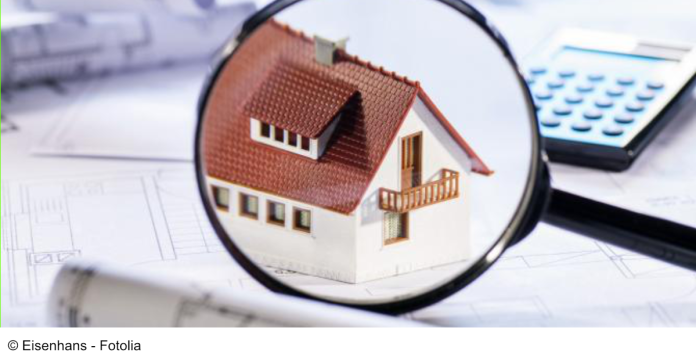Option 2: Assess the medium-term situation and replan
You should take your time to look at your existing real estate financing and replan it thoroughly.
Find a common solution with the lender to continue the loan relationship with your new financial situation in mind. However, be careful with such agreements and do not sign them hastily. Check carefully what impact the solution proposed by the bank has had on the entire contract term. If in doubt, get independent advice, for example from the consumer advice center.
One possibility would be to reduce the repayment. Anyone who has contractually agreed on high repayments can agree with the lender to reduce the repayment – for example from 4 percent to 1 percent. This does extend the repayment of the loan. But they're giving themselves some breathing room for now. If the economic situation improves, the repayment can be increased again if the contract allows it.
Example: For a loan of 250,000 euros taken out in 2016 with a 2 percent interest rate and 4 percent initial repayment, the monthly rate is 1,250 euros. If the repayment is agreed to be reduced to 1 percent of the original loan, the monthly installment is only 625 euros.
Is no contractual regulation made, the repayment can usually only be reduced with the consent of the lender.
Another possibility would be to suspend repayment. If you can no longer afford the repayment, you can try to arrange a suspension of repayment for a certain period of time with the lender. Interest will then still have to be paid on the existing remaining debt.
Option 3: Is it possible to refinance the loan?
Who one Fixed interest rates for more than 10 years can be agreedt, according to Section 489 of the German Civil Code (BGB), the loan can be repaid 10 years after full payment with a Notice period of 6 months Cancel in whole or in part and then refinance with a different, ideally cheaper, interest rate and a lower monthly charge. In this case it is follow-up financing.
Due to the increased interest rates for real estate financing since the beginning of 2022, the interest rate is not necessarily an argument for reducing the monthly burden, but rather an agreement to reduce the monthly burden with an increased interest rate and a lower repayment, based on the remaining debt.
Example: A loan of 250,000 euros with a 15-year fixed interest rate, taken out and paid in full on January 1, 2013, could be terminated on December 31, 2022 with a notice period of 6 months. The date for new financing is then July 1, 2023.
With a nominal interest rate of 3 percent and an initial repayment of 2 percent, the monthly rate is approximately 1,040 euros. The remaining debt amounts to around 192,000 euros.
If the interest rate increased to 4 percent and the remaining debt was repaid 1 percent, the monthly burden could be reduced to 800 euros.
By terminating the loan after 10 years you can change the lender. Then we generally talk about Debt restructuring. There are low costs for the assignment of the mortgage. But before you do that, you should realize that another lender will assess your personal creditworthiness and does not have to grant you a loan. It may therefore make more sense to contact the old lender Follow-up financing to negotiate. He has known your financial circumstances for at least 10 years.
Option 4: Housing benefit is also an option for your own property
Housing benefit may also be available if you live in your own property. Not only tenants, but also property owners are entitled to housing benefit, the so-called Burden allowance.
The prerequisite is that you Property for your own residential purposes to use. You only receive housing benefit if the housing costs exceed your economic ability. This means that certain income limits cannot be exceeded.
The following costs come into consideration as charges for owner-occupied home ownership:
- Expenses for interest and repayment of loans,
- Maintenance and repair costs,
- Property tax and other property taxes,
- insurance premiums for the property,
- Certain heating costs,
- Administrative costs.
The amount of the burden subsidy depends in particular on the following factors:
- Number of family members living in the household,
- Amount of total household income,
- Amount of eligible expenses for owner-occupied residential property.
Applications must be submitted to the respective municipality. You can find independent information from the responsible federal ministry, among others.


